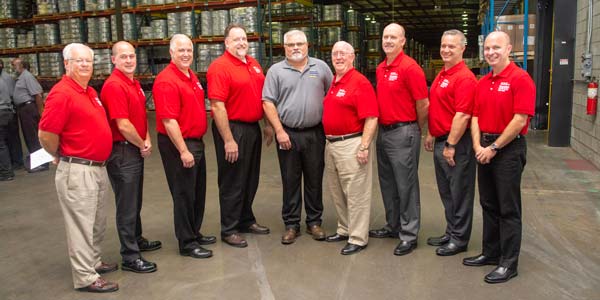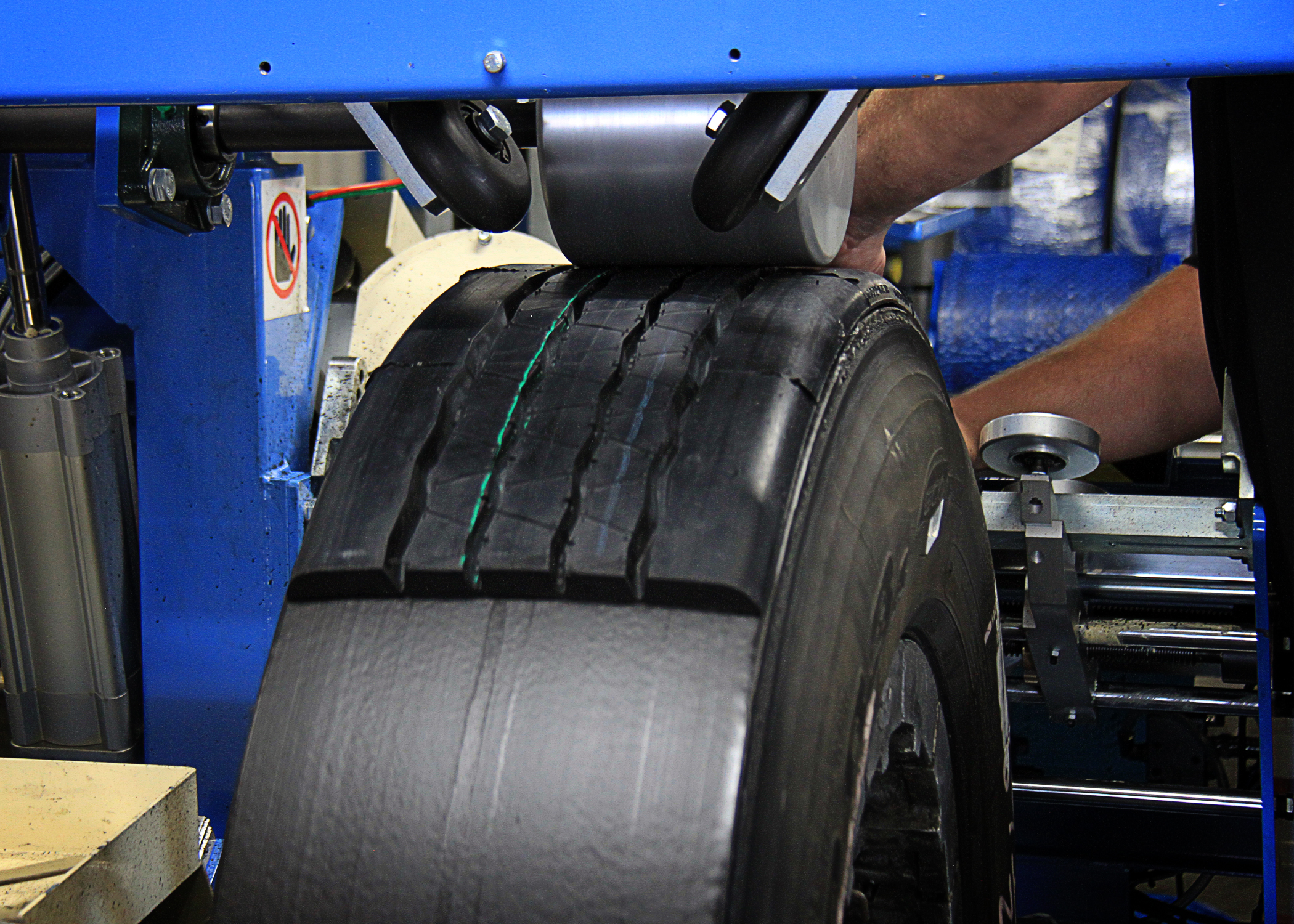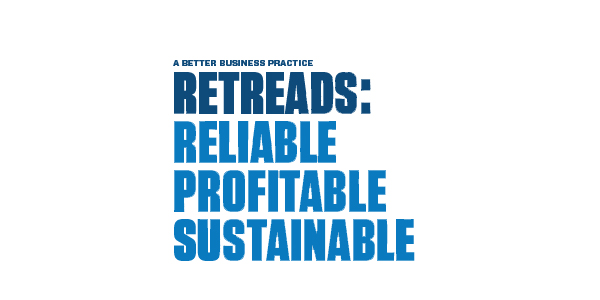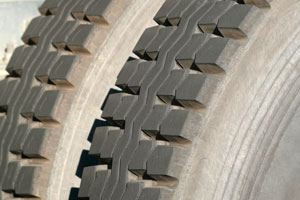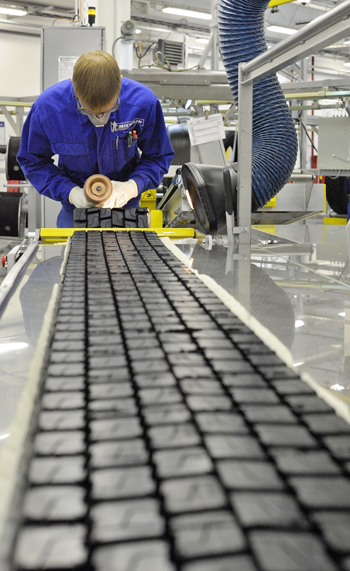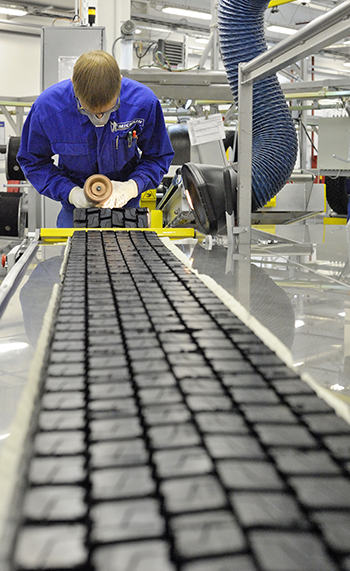Every time a tire is retreaded many gallons of oil are saved and one more tire is kept out of scrap tire piles.
Hundreds of millions of passenger cars, trucks and all types of commercial vehicles worldwide have safely been using retreaded tires for many years. Even commercial and military airlines worldwide are users of retreaded tires.
Thanks to retreading more than a billion gallons of oil is saved annually worldwide. That’s because tires contain a significant amount of synthetic rubber, which is petroleum based. The more tires that can be retreaded every year, the more scarce oil will be saved!
The retread process also consumes significantly less energy than the manufacture of a comparable new tire, leading to further savings.
Retreaded tires also have one of the highest post consumer contents of any recycled product. When a tire is retreaded the worn tire – with the exception of a very small amount of old tread that is removed – is reused in the retread process. And even the small amount of old tread that is removed (referred to as buffings) is recycled and used on playgrounds, highways, rubber mats and a myriad of other products.
In addition to the very important environmental benefits retreaded tires offer to the private and public sectors, the economic benefits cannot be ignored.
Retreaded tires save motorists and commercial users, in both the private and public sectors billions of dollars every year. This is especially important for public sector fleets that are spending taxpayers’ money for tires. That is why tens of thousands of school buses, municipal buses, fire engines and other emergency vehicles routinely and safely use retreaded tires.
Yet many people still shy away from using retreaded tires. Why?
The answer is one of perception. Because of tire debris on our highways – also known as rubber on the road or road alligators – people are under the impression that retreaded tires are less safe than comparable new tires.
The facts are different from the perceptions held by many people. A number of studies, conducted by both the private and public sectors, confirm that the true causes of tire debris on our highways come from improper tire maintenance, with underinflation being the main cause, followed closely by overloading, improper tire repairs, misaligned vehicles, mismatching of truck tires on dual wheel positions and tires with less than the legal limit of tread remaining. And it does not matter if the tire is a retread or one that has never been retreaded.
To blame a retread for a tire that fails because of improper tire maintenance is the same as blaming a vehicle for an accident caused by a drunk driver. The blame is simply misplaced.
If you care about the environment and wish to do your part, retreading is the right thing to do. You will also save a considerable amount of money when you compare the cost of using retread tires versus the cost of buying new tires.
You can do well and good at the same time by using retreaded tires. A nice idea.

